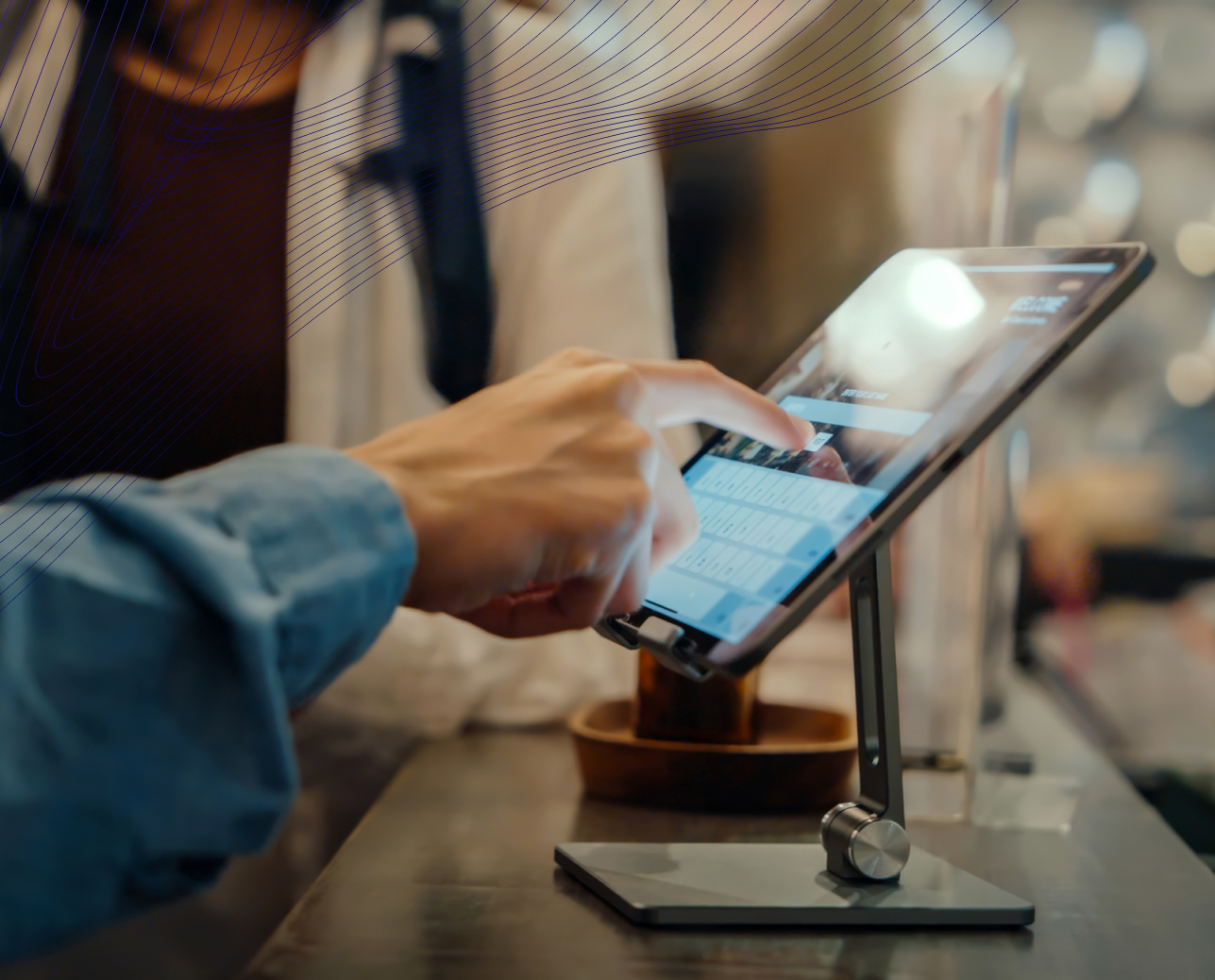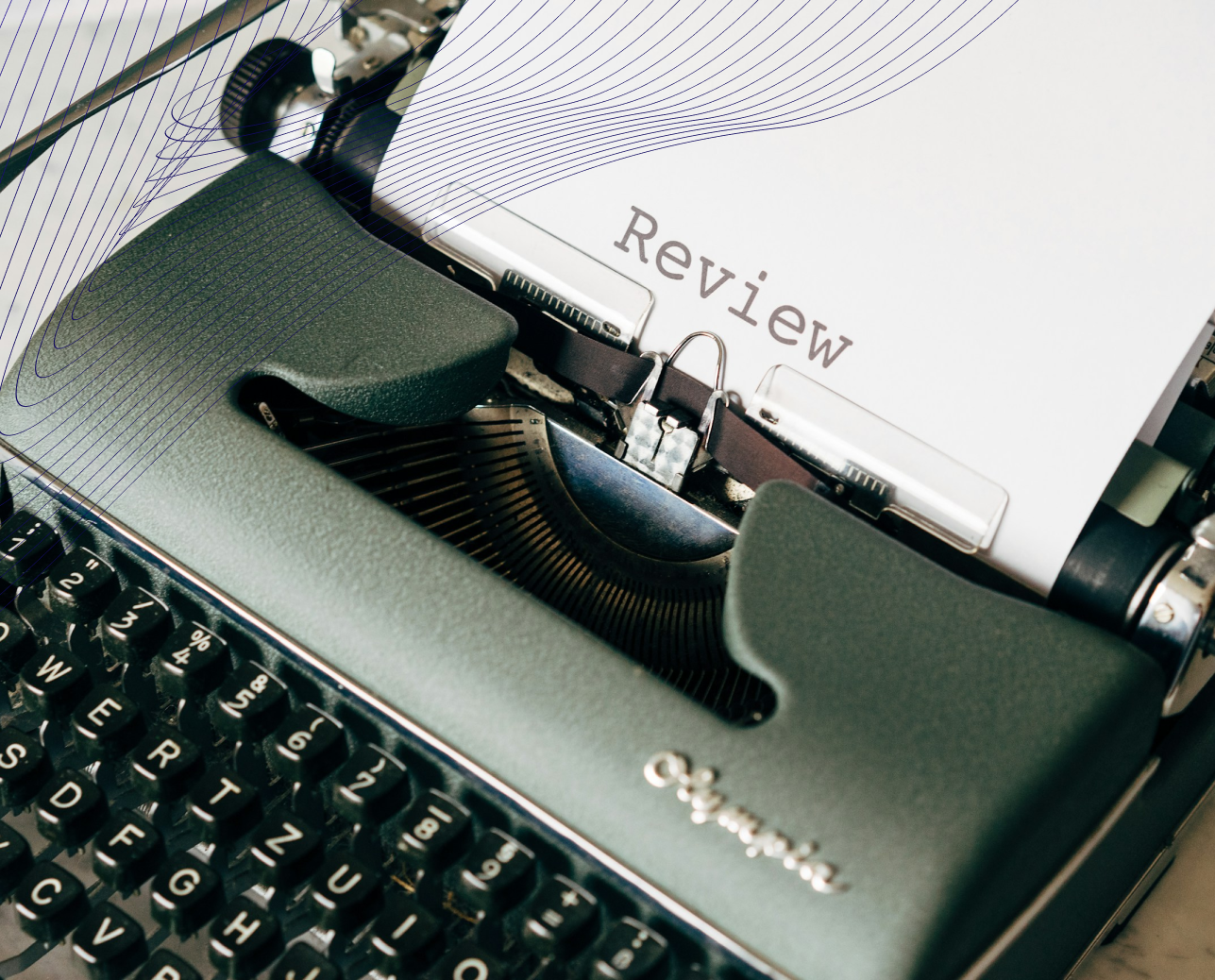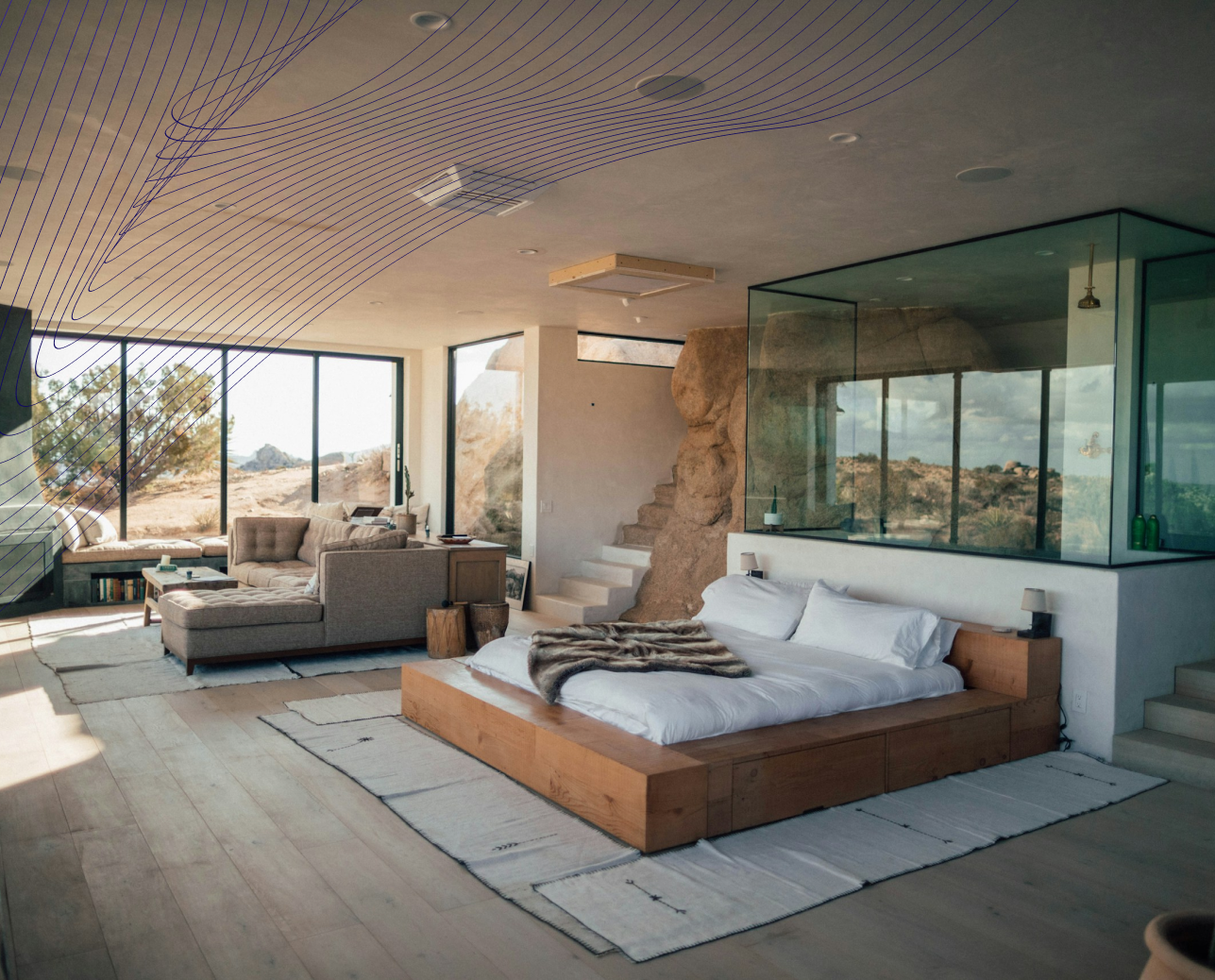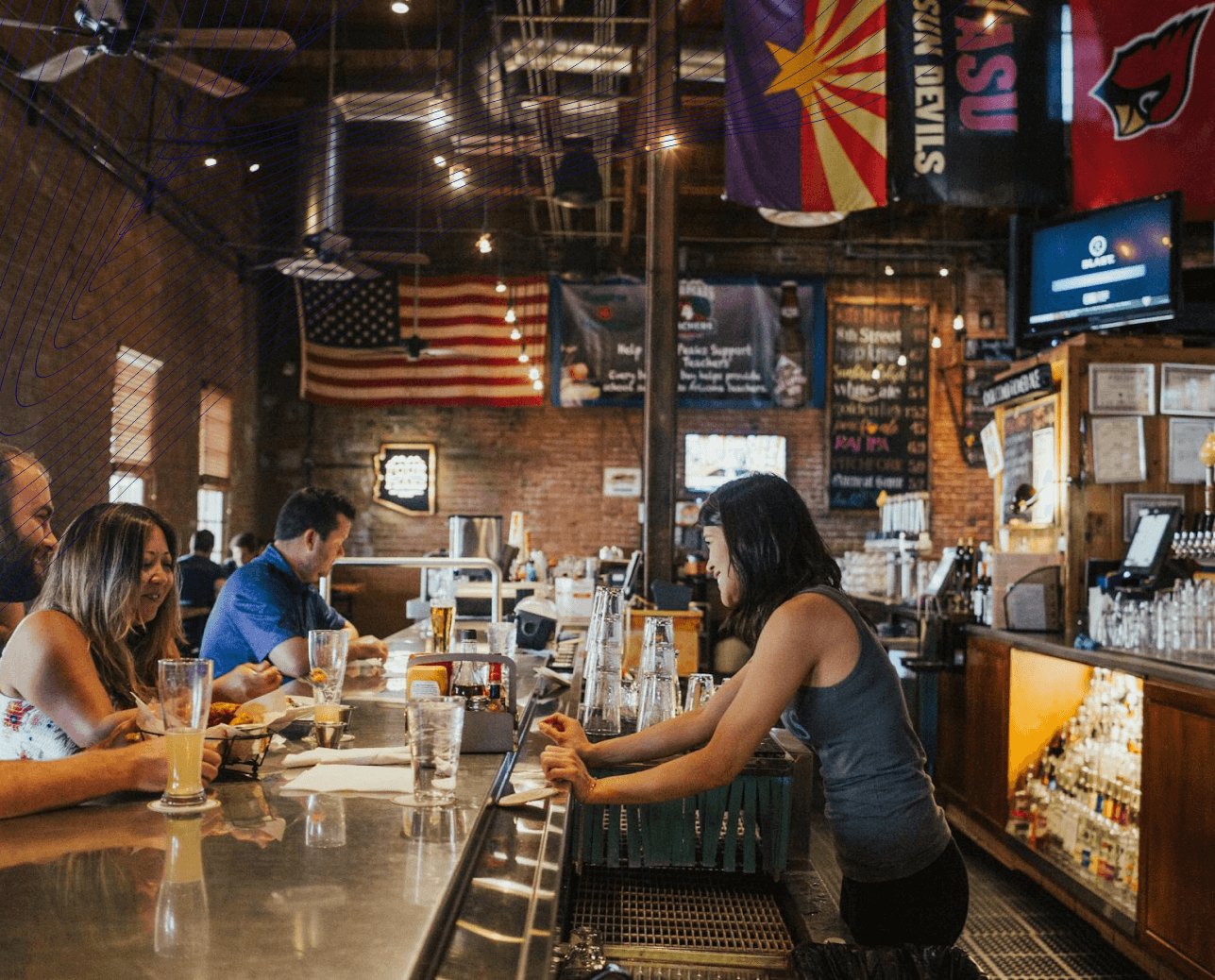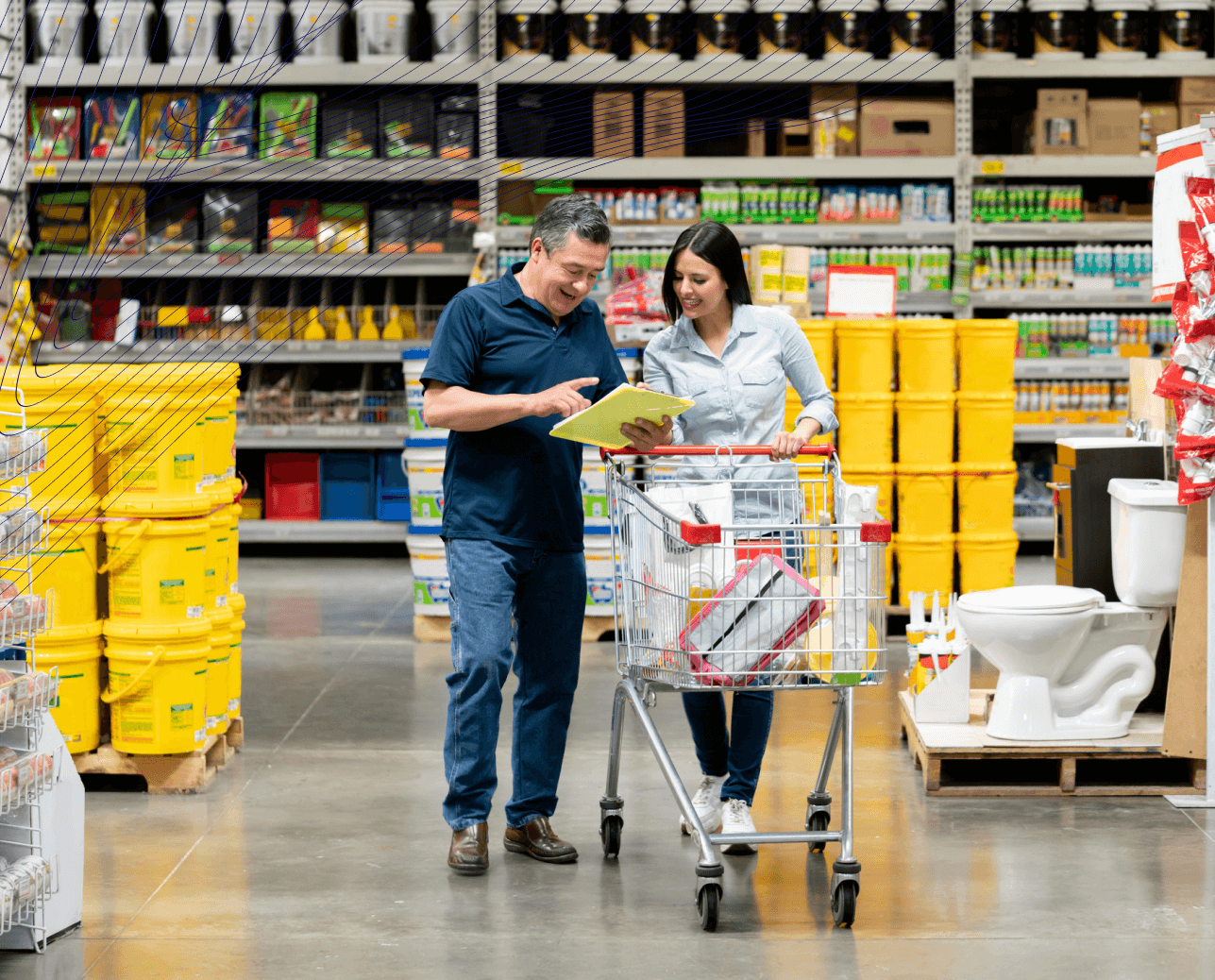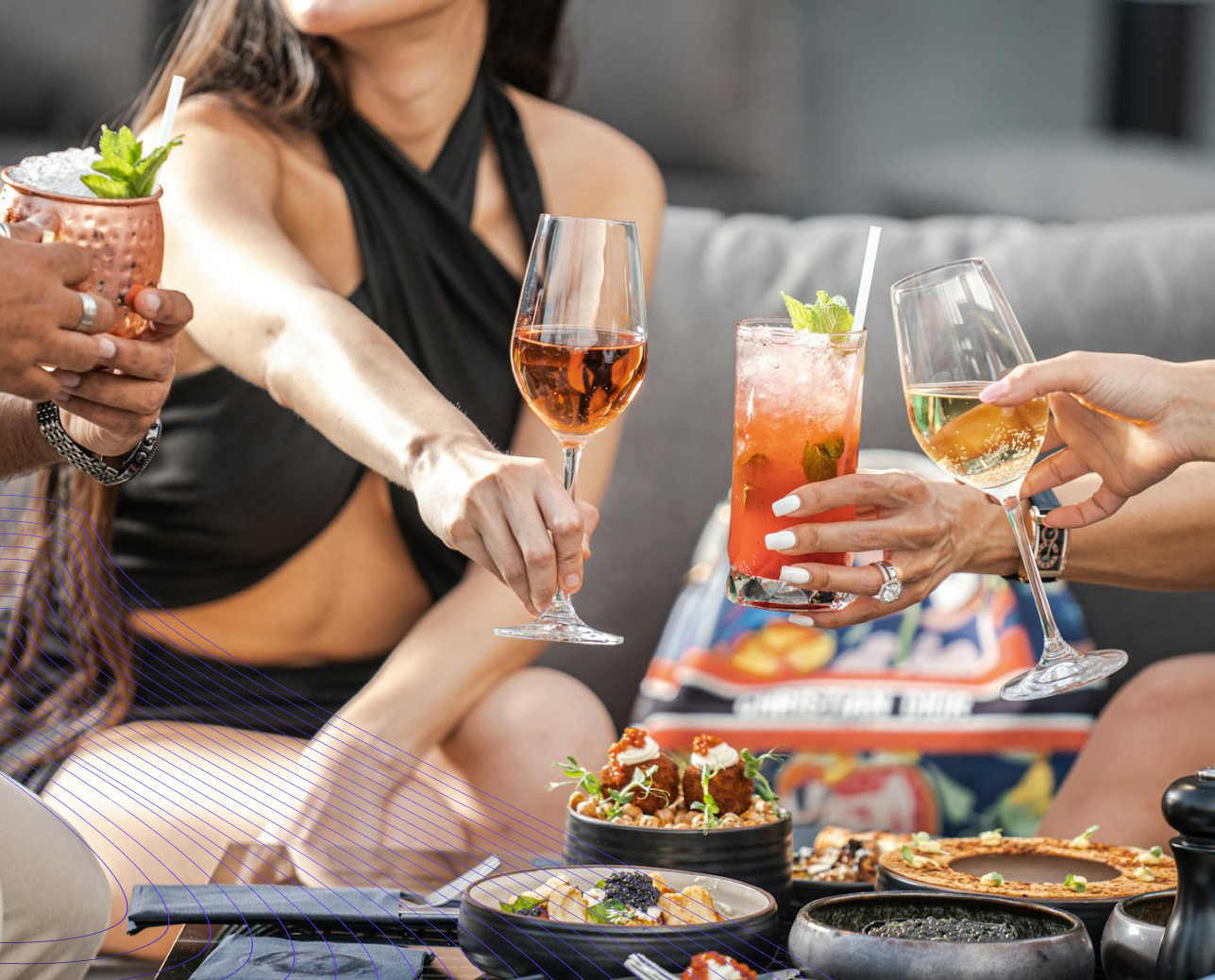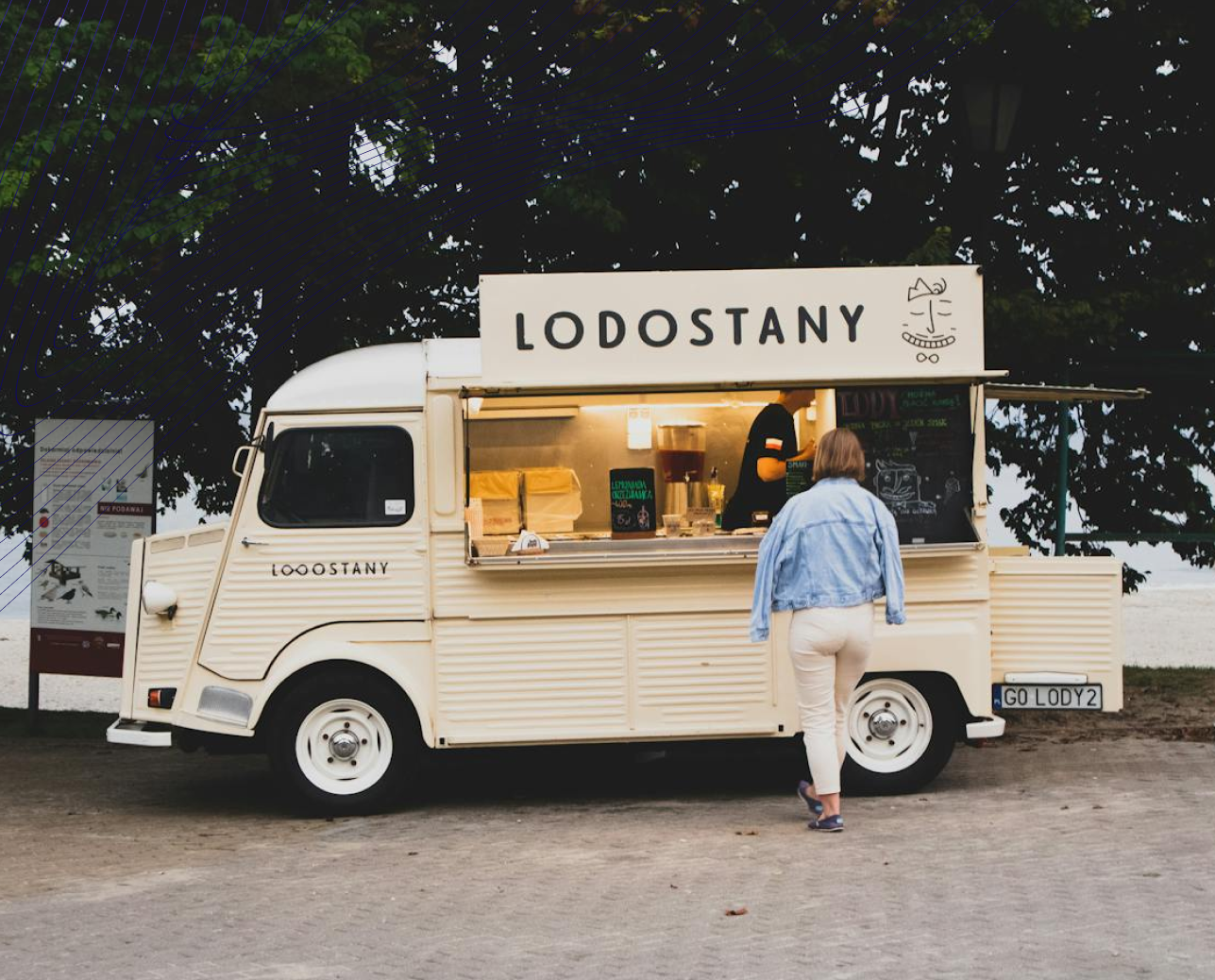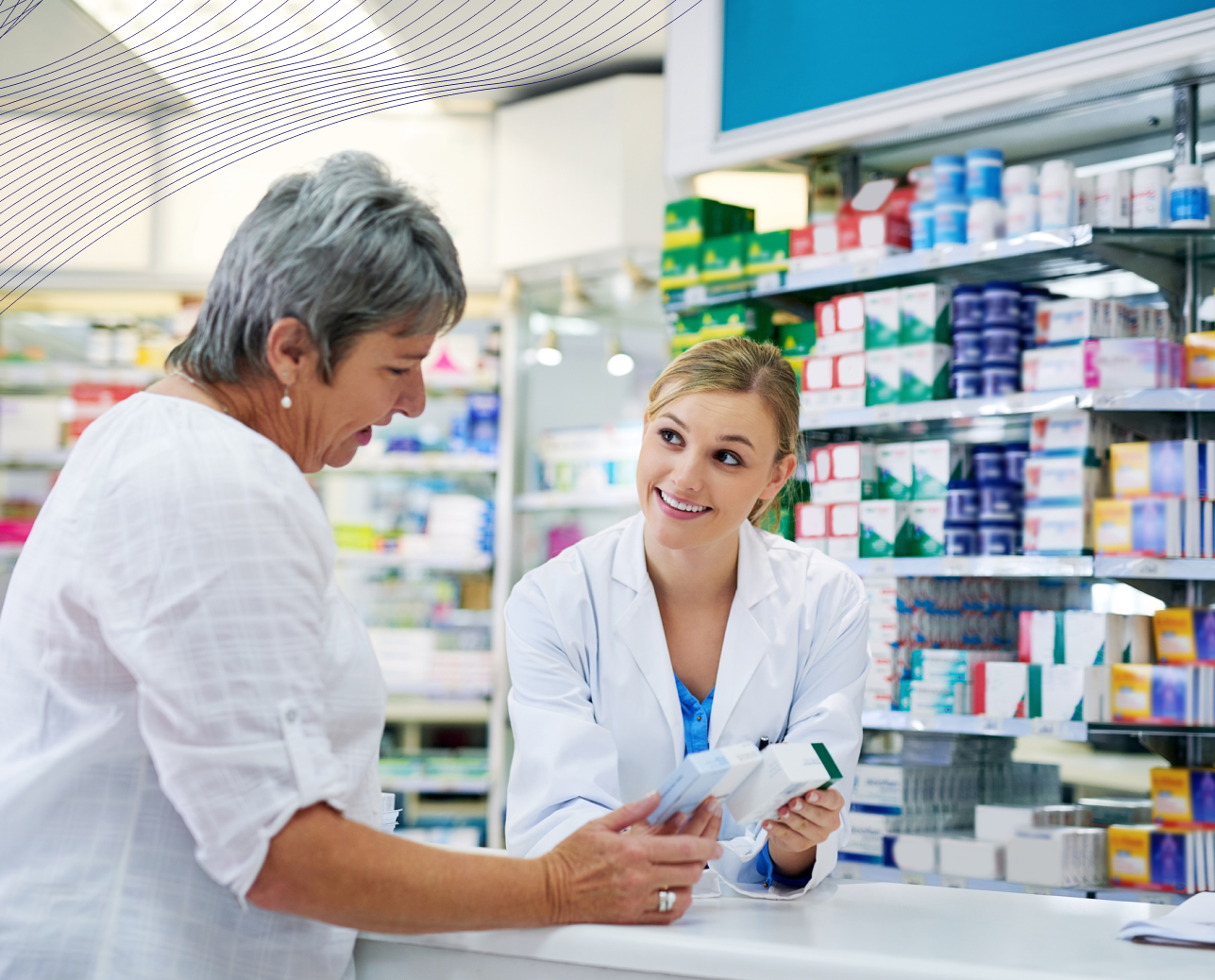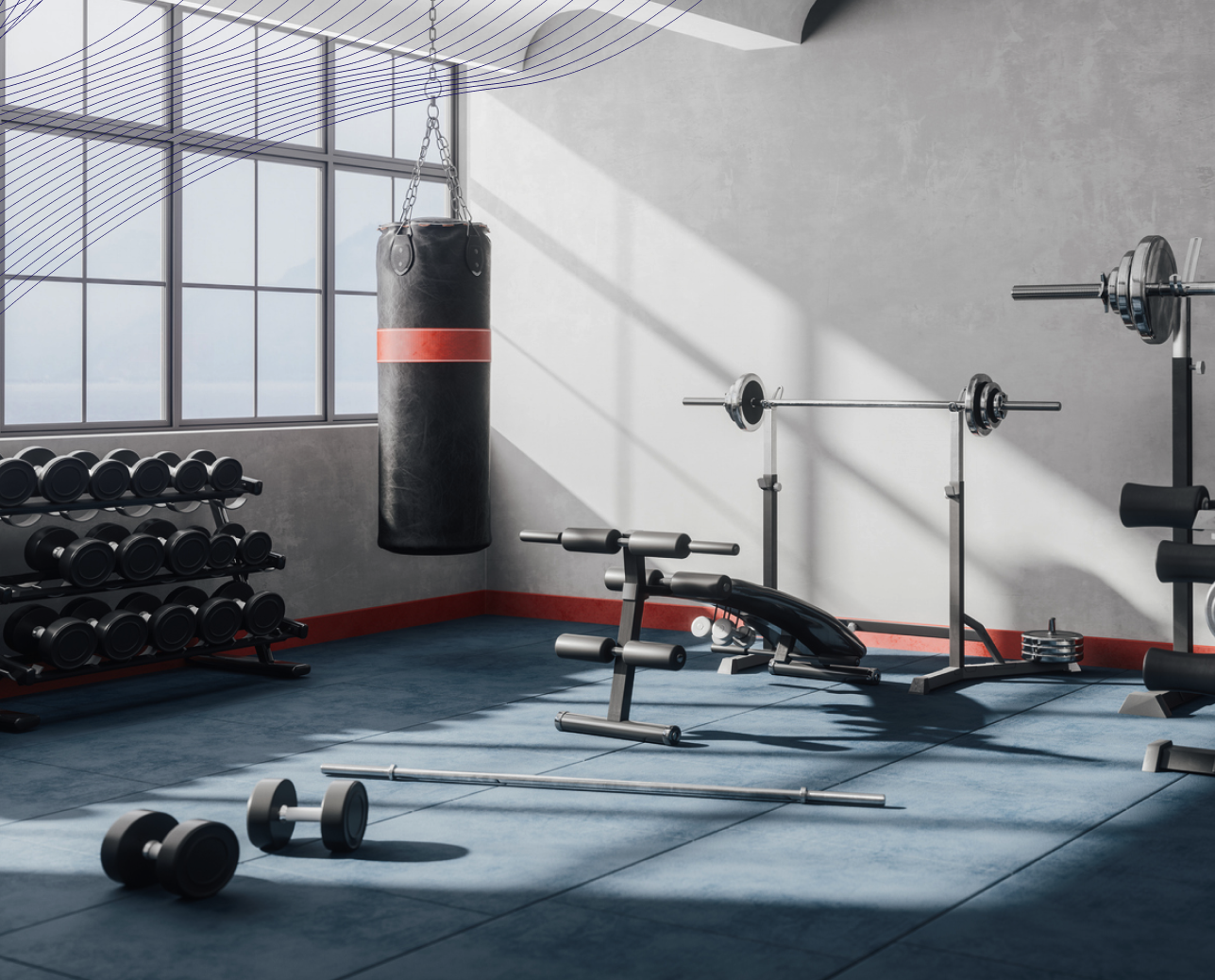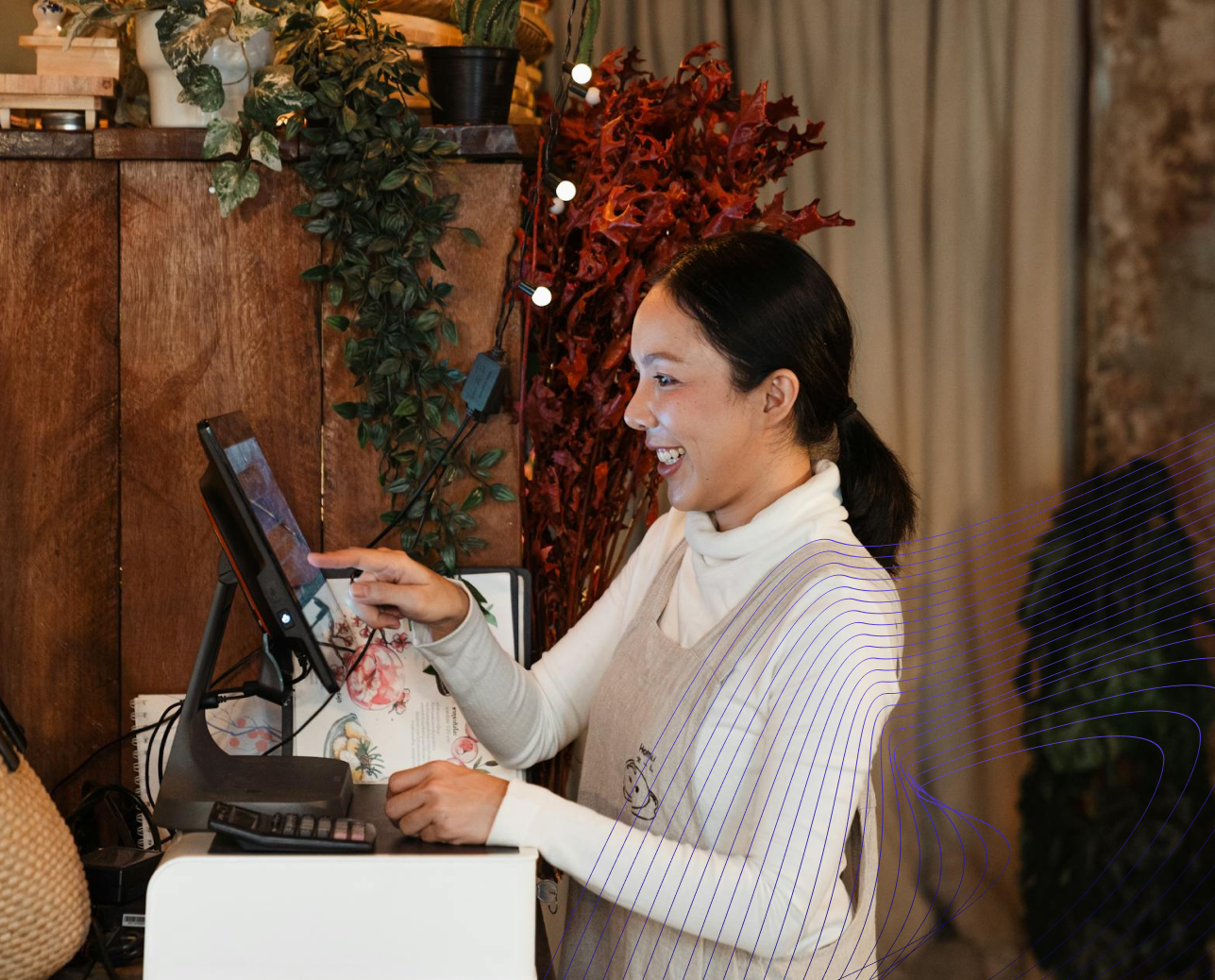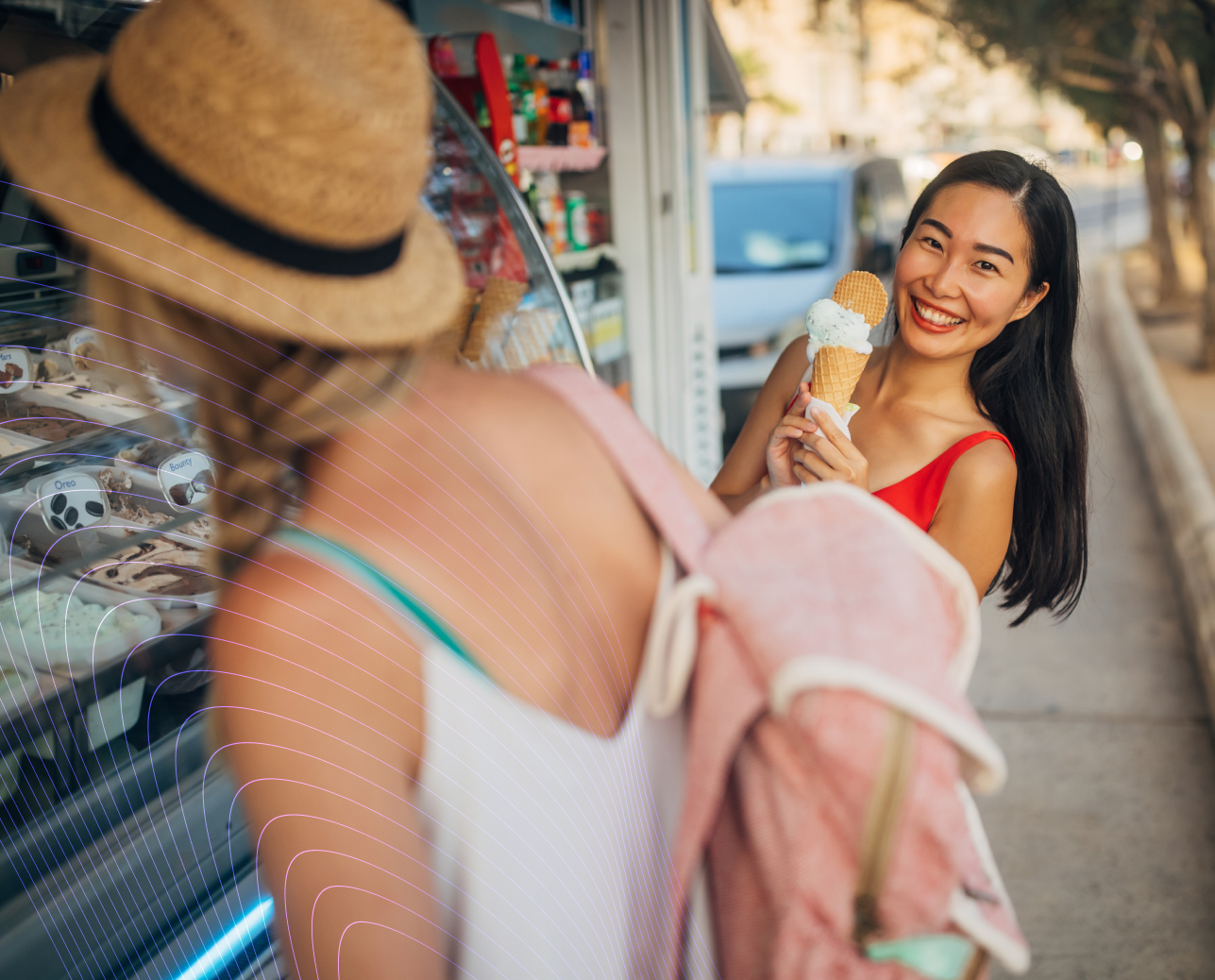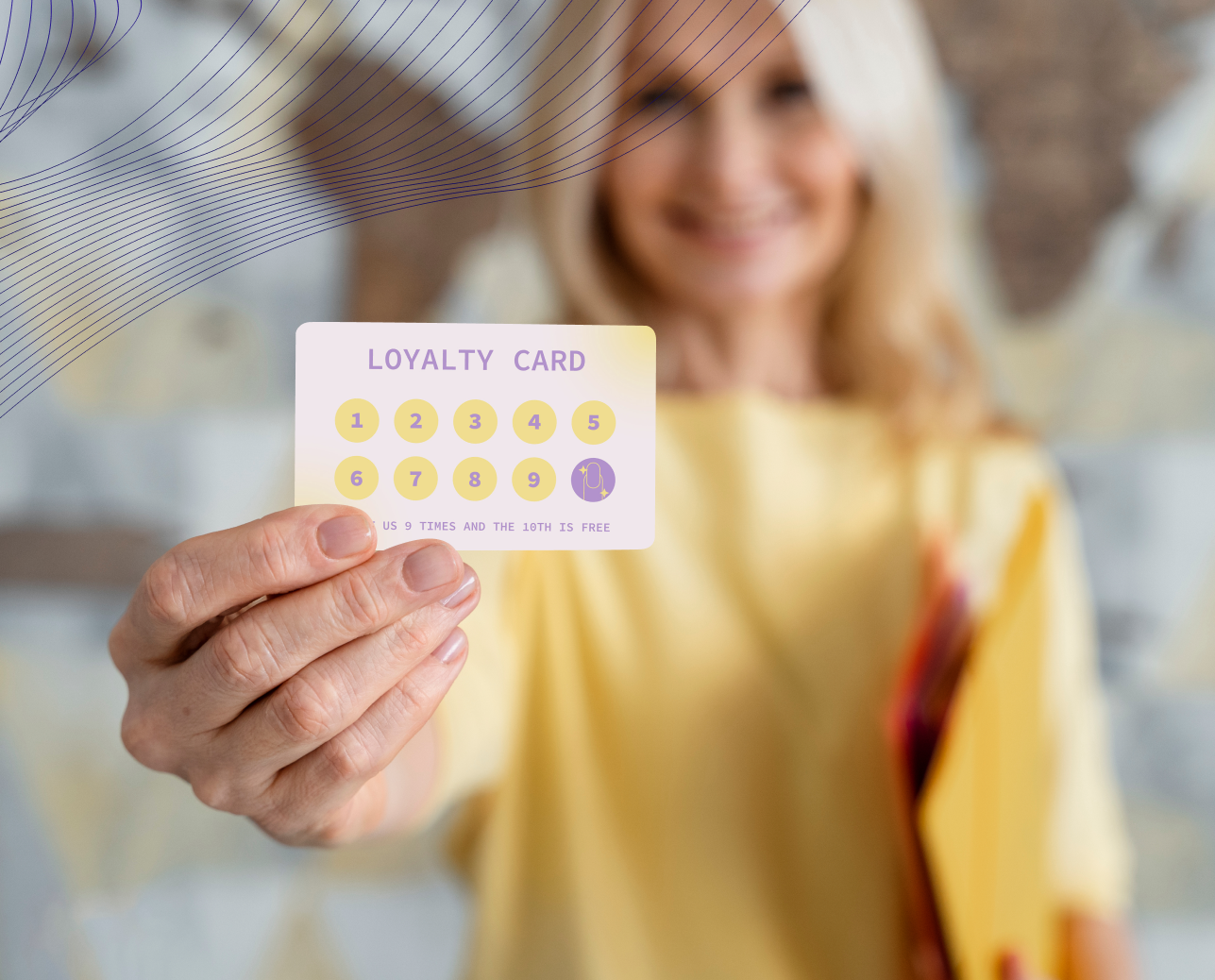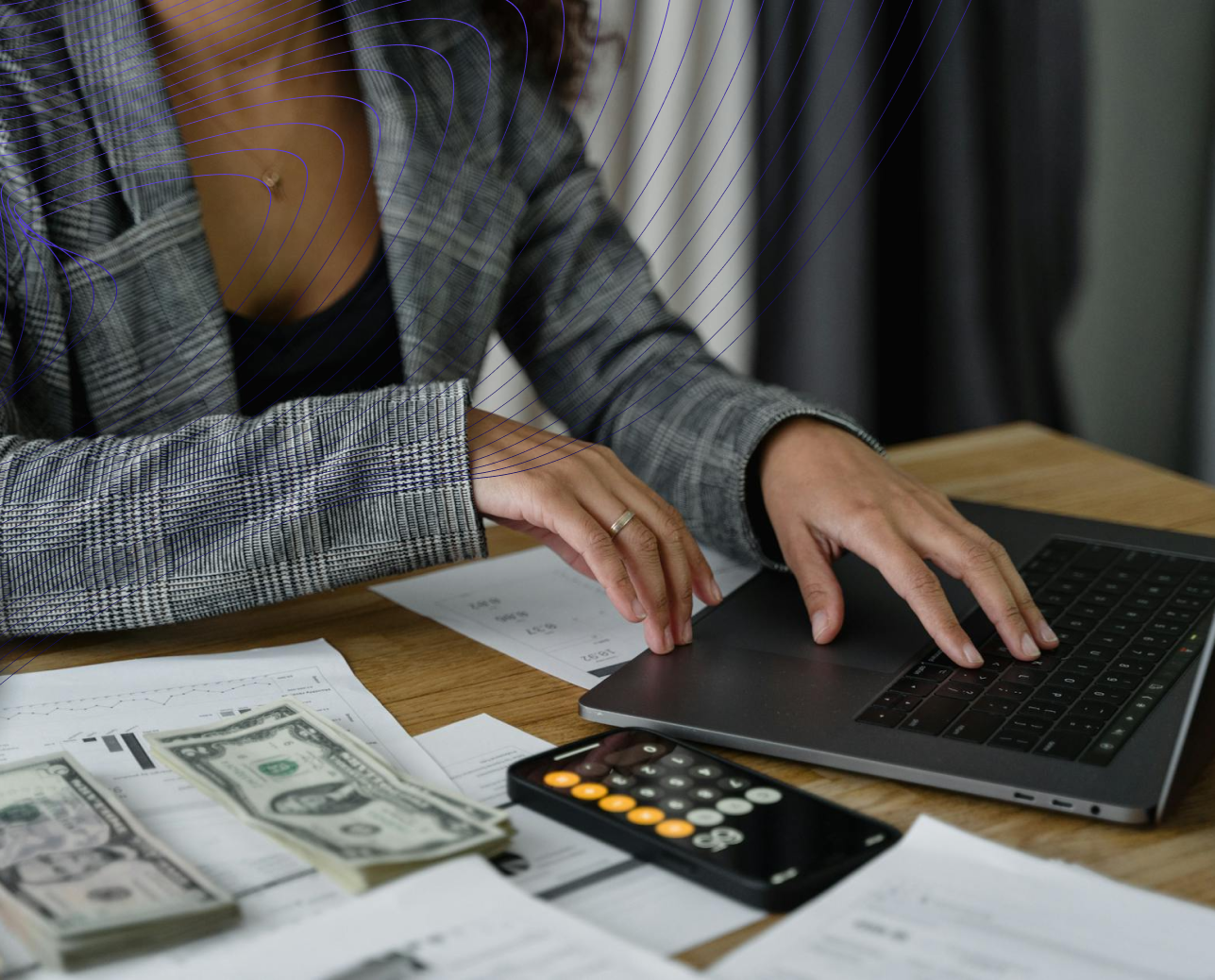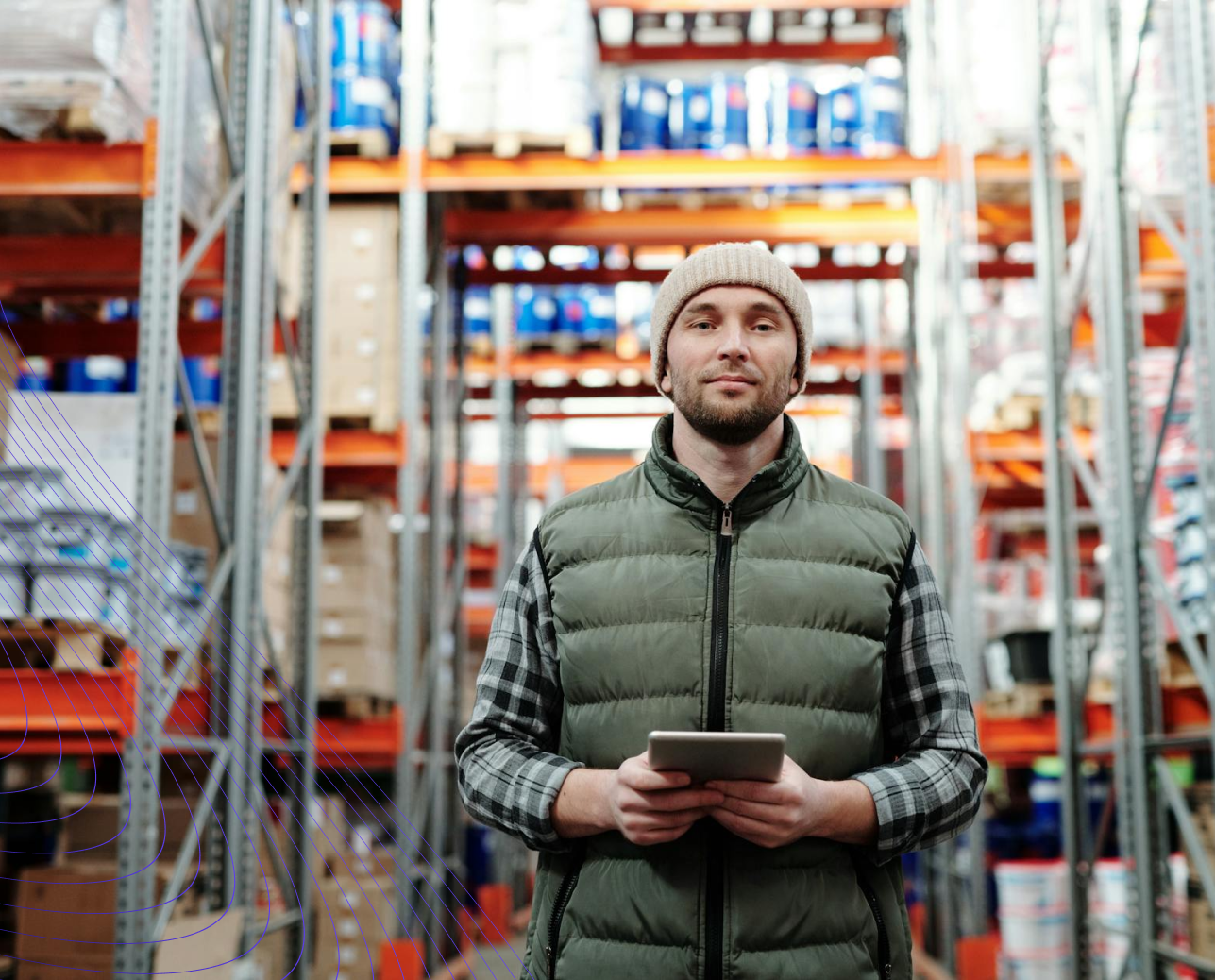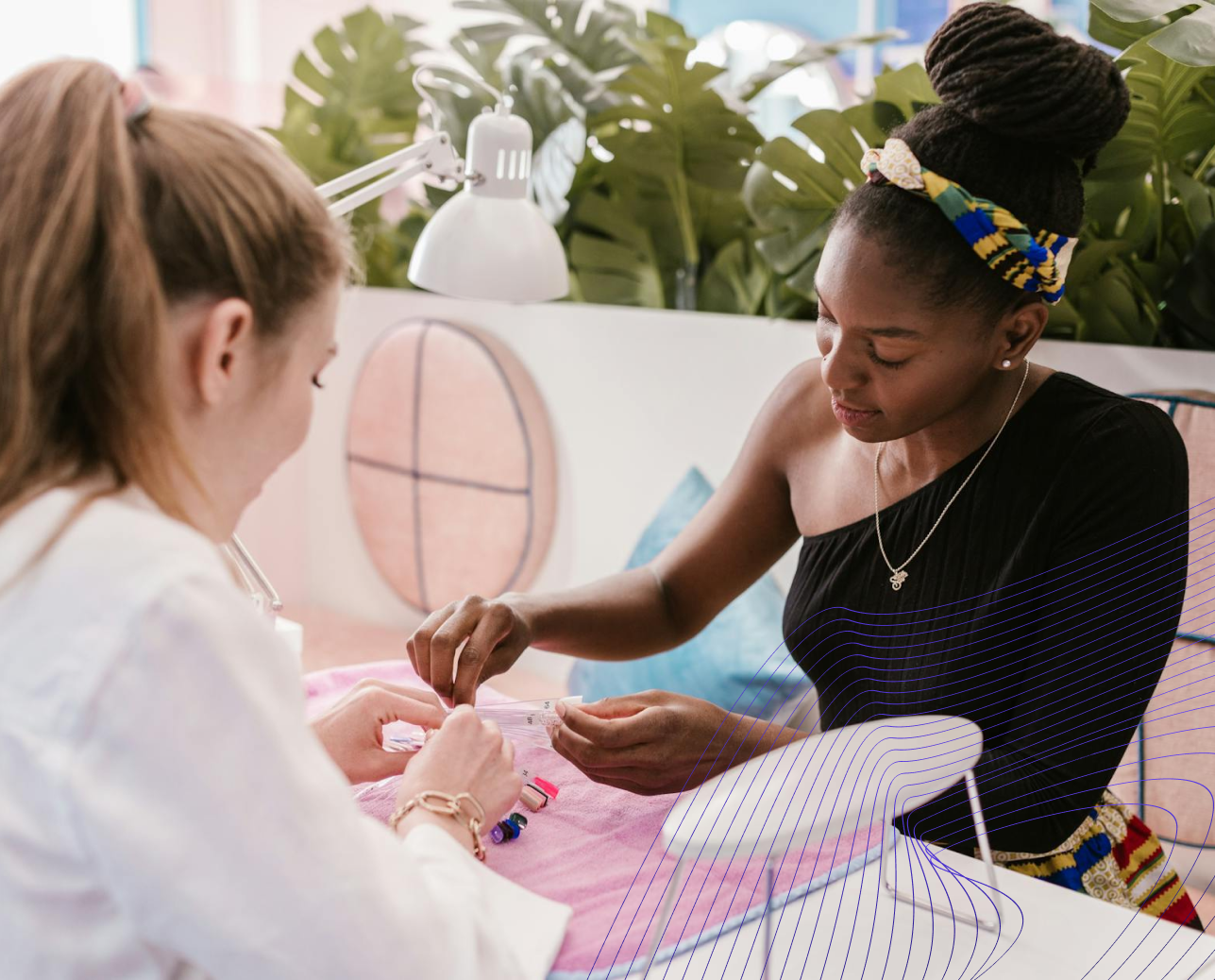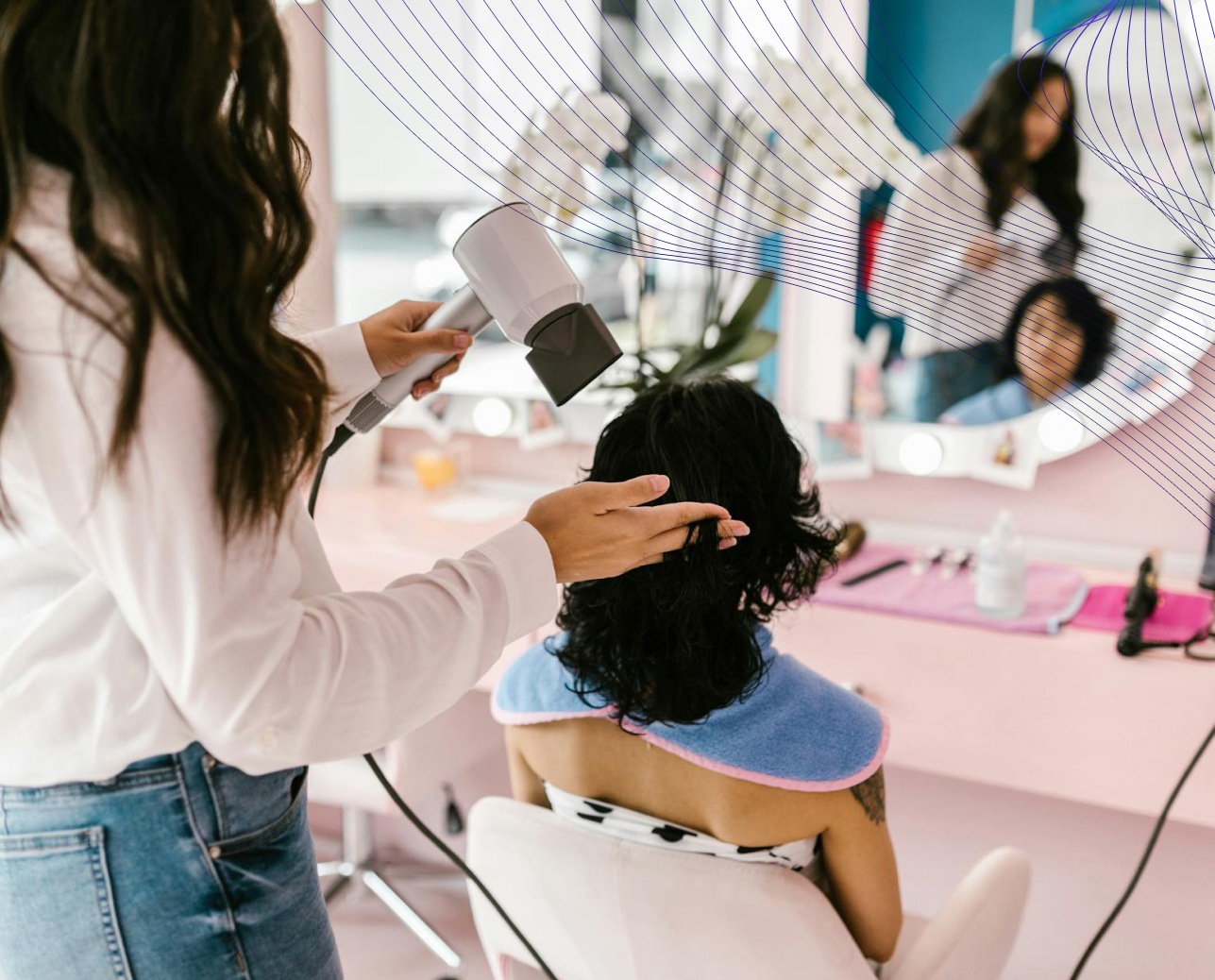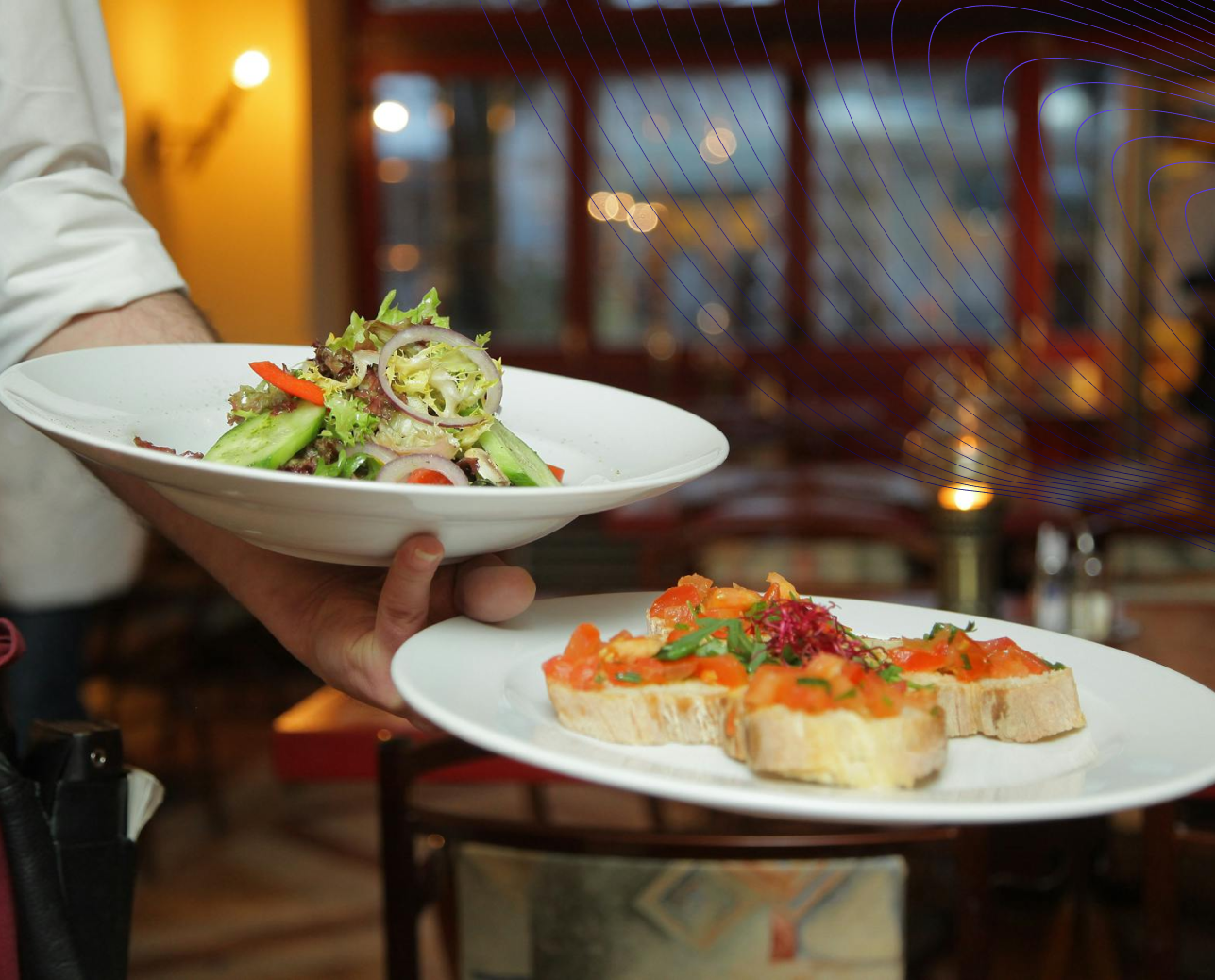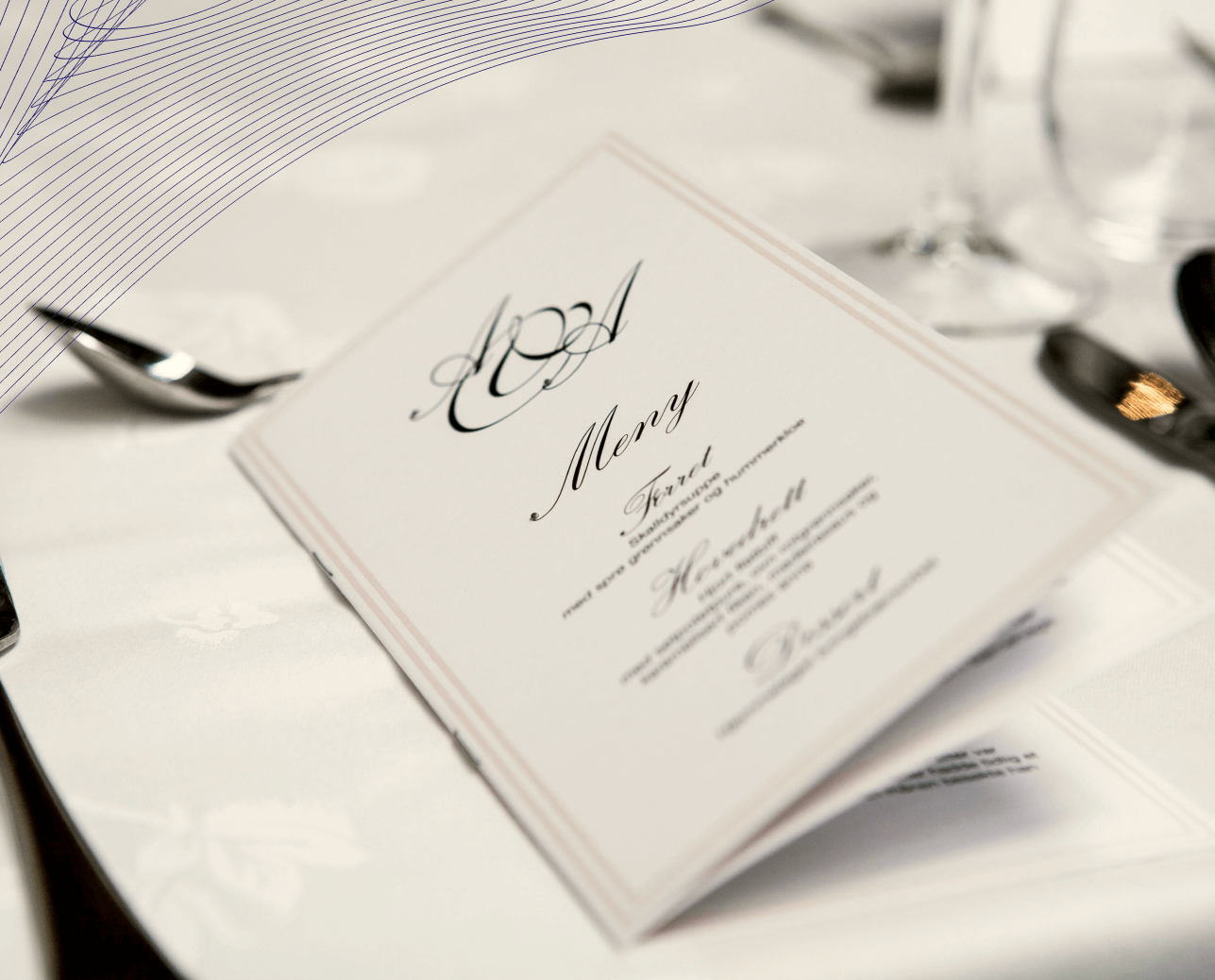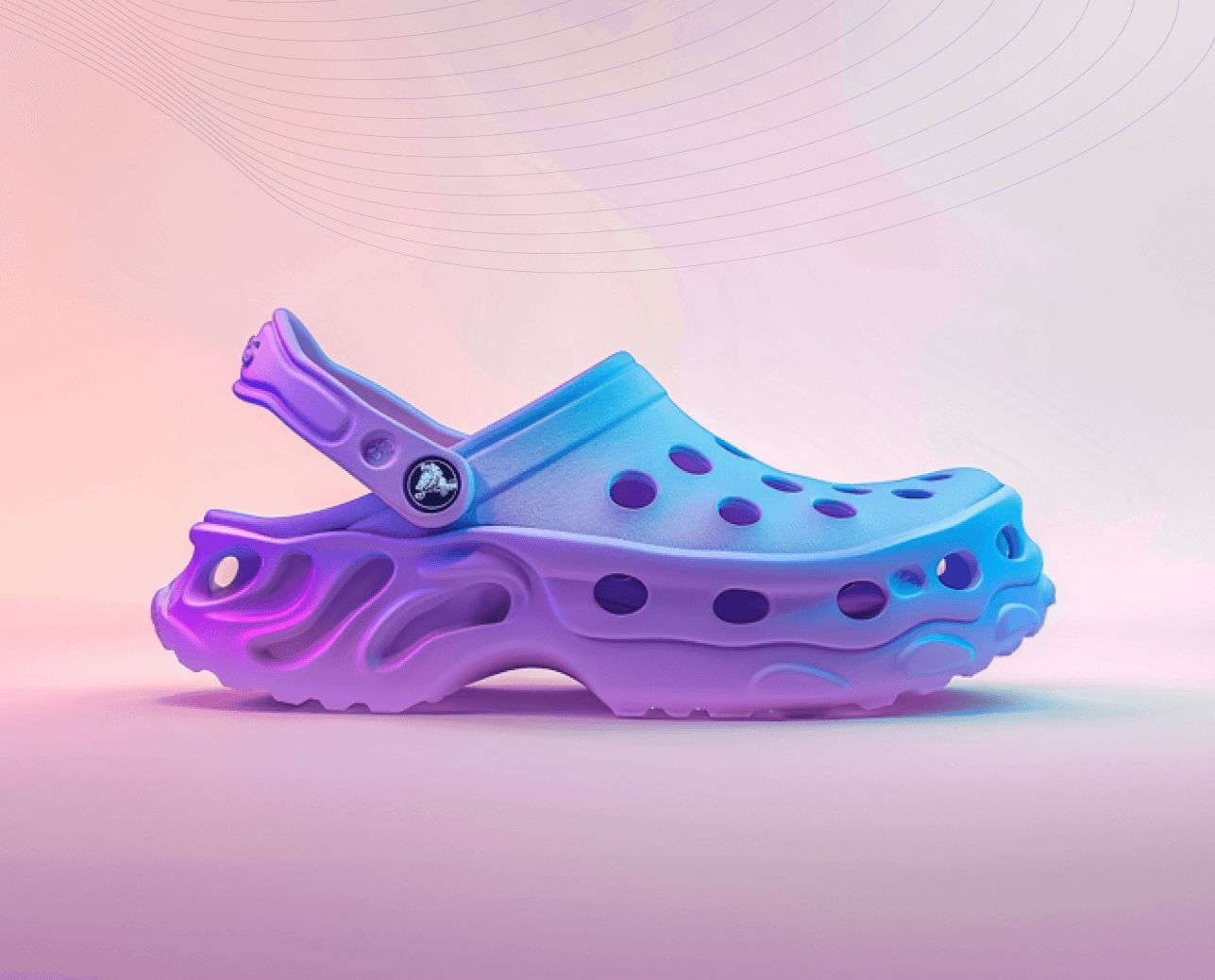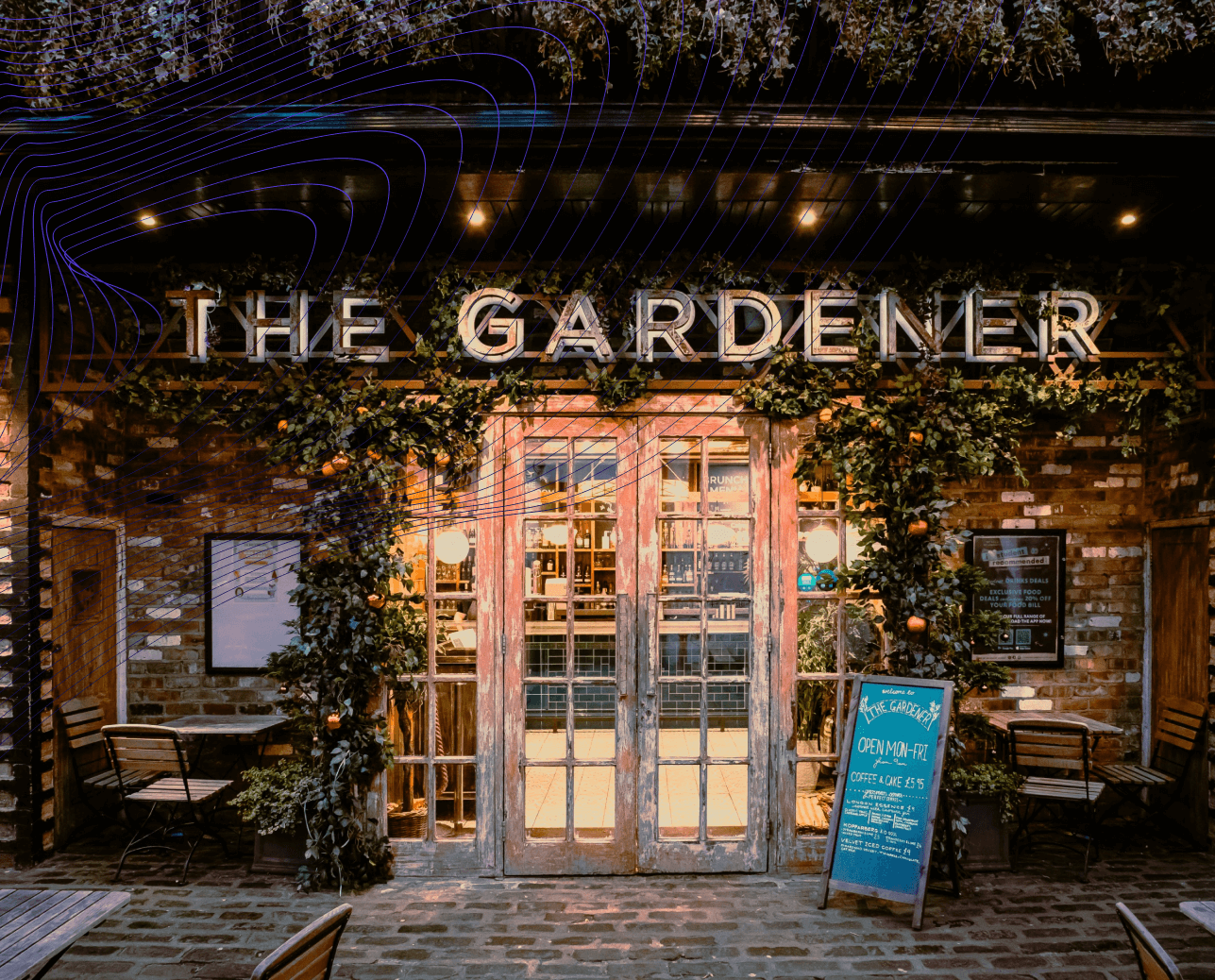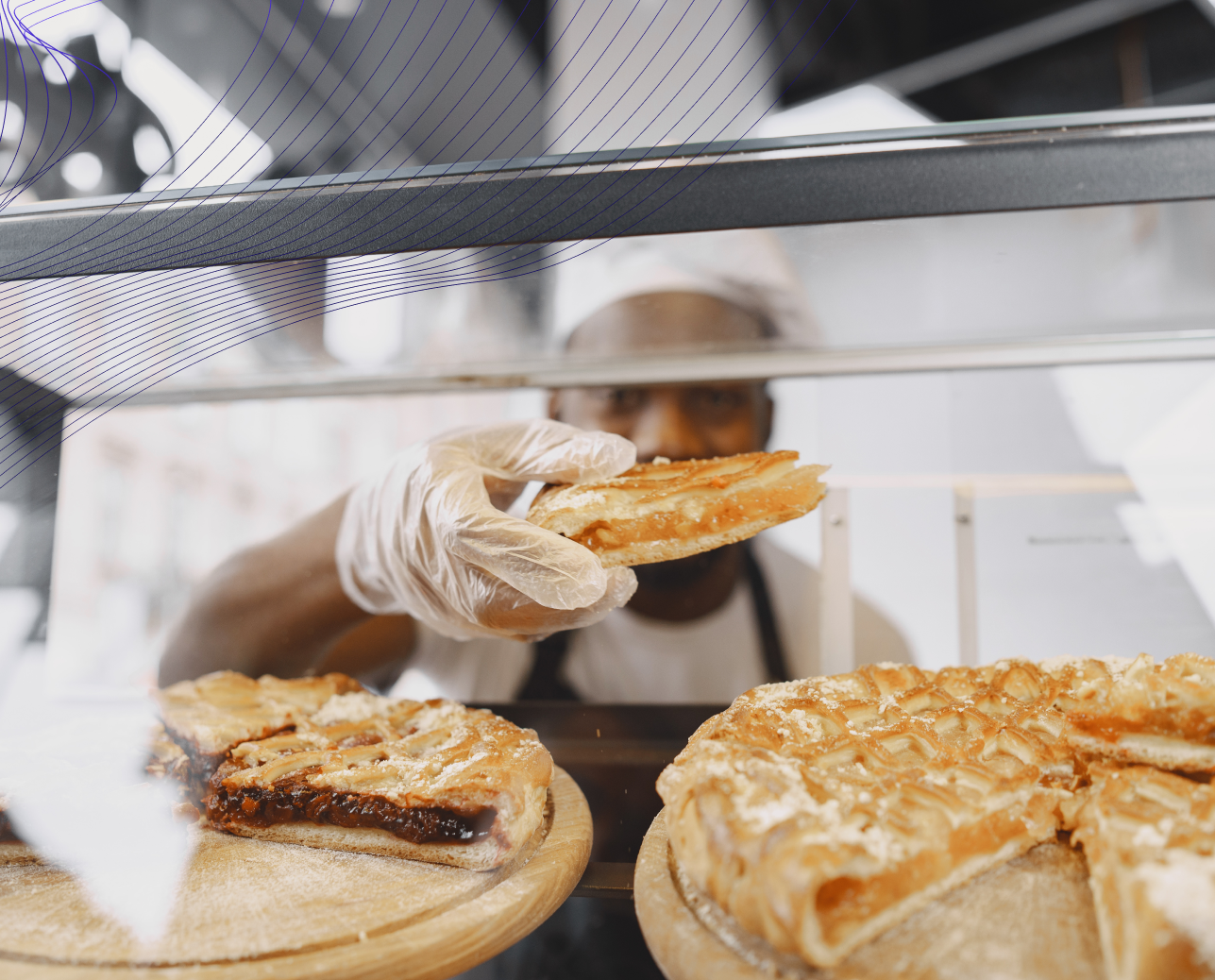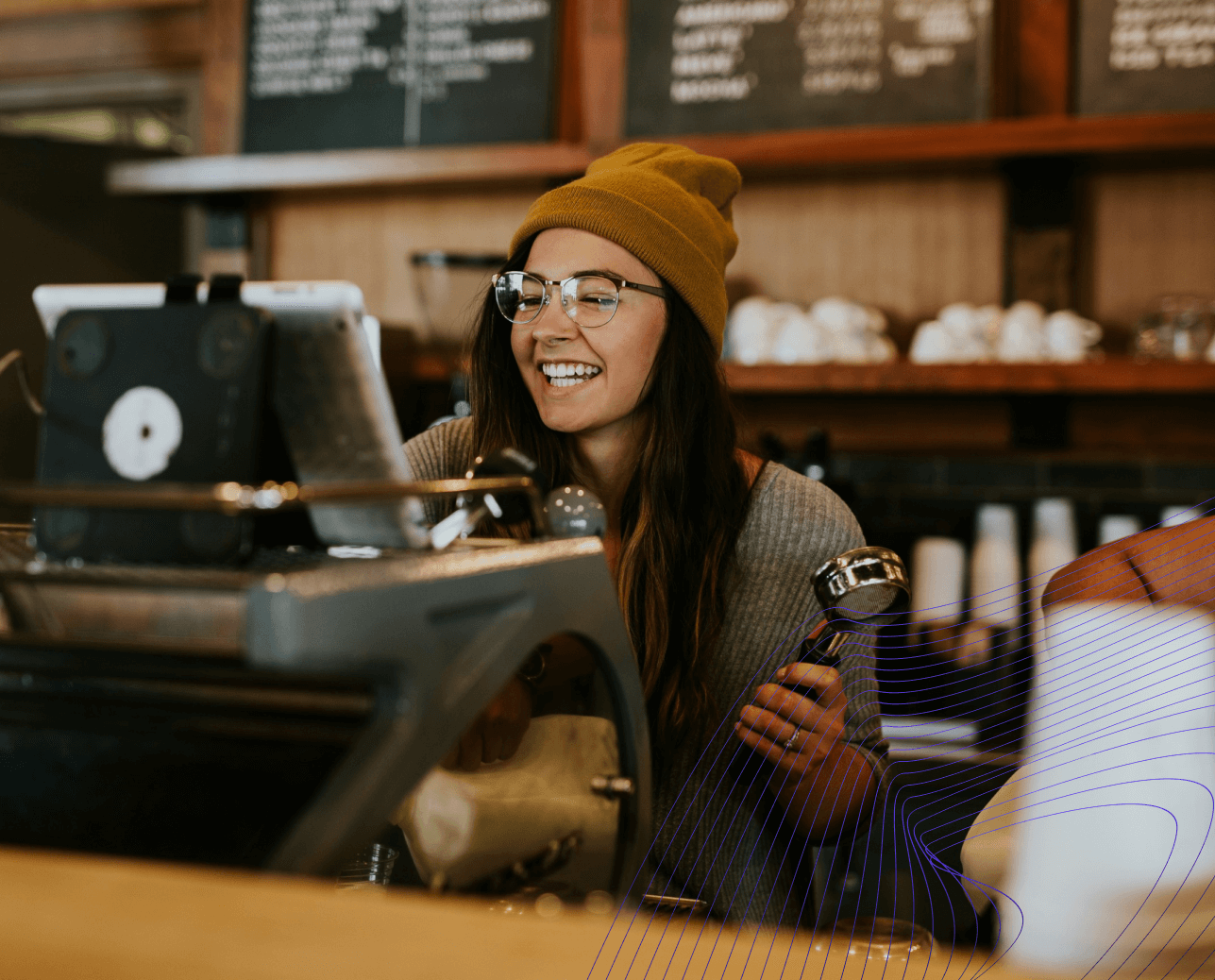Best Non-Slip Restaurant Shoes
In the bustling environment of a restaurant, safety, and comfort are paramount for the well-being of workers. Non-slip restaurant industry shoes are crucial in preventing accidents and ensuring that employees can perform their duties efficiently and comfortably. This article delves into the importance of good restaurant shoes, provides top recommendations, and highlights the key features to consider when choosing the best pair.

Are Non-Slip Shoes for Restaurant Workers Essential?
Non-skid restaurant shoes are a critical component of a restaurant worker's uniform. They provide the necessary traction to prevent slips and falls, which are common in busy and often wet or greasy kitchen environments. Additionally, these shoes offer the comfort needed to endure long shifts and help comply with industry safety standards. Understanding why non-slip restaurant dress shoes are essential can help restaurant owners and workers make informed decisions about their footwear.
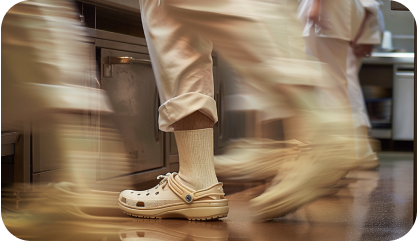
Ensuring Safety in a Busy Kitchen Environment
A restaurant kitchen is a hive of activity, with spills, splashes, and hurried movements creating a potentially hazardous environment. Slip-resistant shoes for restaurant workers are designed to provide superior traction, significantly reducing the risk of slips and falls. These shoes feature specially-crafted soles that grip slippery surfaces, ensuring that staff can move safely even in the most chaotic conditions.
Key aspects of non-slip shoes for safety include:
-
Spill Management: Kitchens often have liquids and oils on the floor, which can create dangerous slip hazards. Non-slip shoes with high-traction soles can manage these risks effectively.
-
Quick Movements: In a fast-paced kitchen, quick movements are necessary. Non-slip shoes ensure that sudden movements don't result in falls.
-
Varied Surfaces: Different areas of a restaurant have varied flooring surfaces. Non-slip shoes provide consistent traction across these surfaces, from wet tiles in the kitchen to carpeted dining areas.
By addressing these factors, non-slip boots for restaurants significantly enhance the safety of restaurant environments.
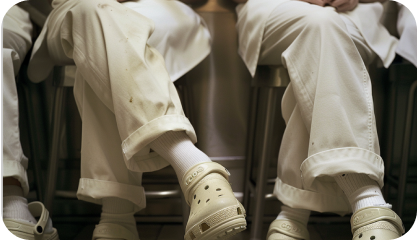
Enhancing Comfort During Long Shifts
Restaurant workers often endure long hours on their feet, which can lead to fatigue and discomfort. Food service shoes are not only designed to prevent accidents but also to offer exceptional comfort. Features such as cushioned insoles, ergonomic designs, and breathable materials help reduce strain and discomfort, enabling workers to maintain high performance throughout their shifts.
Comfort-enhancing features of non-slip shoes include:
-
Cushioning: High-quality cushioning in the insoles of non-slip shoes absorbs shock and reduces stress on the feet, ankles, and lower back.
-
Ergonomic Design: Ergonomically designed shoes conform to the natural shape of the foot, providing support where it is needed most.
-
Breathable Materials: Breathable materials prevent overheating and sweating, which can cause discomfort and foot health issues during long shifts.
-
Lightweight Construction: Lightweight shoes reduce the energy expenditure of walking and standing, helping to combat fatigue.
These features collectively ensure that restaurant workers can remain comfortable and perform their duties efficiently throughout their shifts.
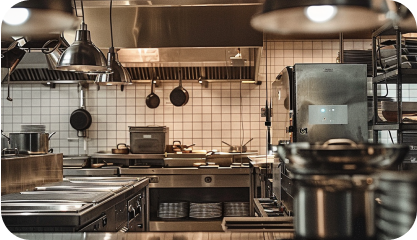
Compliance with Restaurant Safety Standards
Adhering to safety regulations is critical in the restaurant industry. Restaurant slip-proof shoes help meet these standards by providing a reliable solution to prevent workplace accidents. Many regulatory bodies require the use of non-slip footwear to ensure the safety of employees, making these shoes an essential part of any restaurant's uniform policy.
Key compliance aspects include:
-
OSHA Guidelines: The Occupational Safety and Health Administration (OSHA) has guidelines that recommend non-slip footwear to minimize workplace hazards.
-
Insurance Requirements: Some insurance policies require businesses to implement safety measures, including the use of non-slip shoes, to qualify for coverage.
-
Employer Responsibility: Employers have a legal and moral obligation to provide a safe working environment. Non-slip shoes are a simple yet effective way to uphold this responsibility.
-
Worker's Compensation: Reducing the incidence of slips and falls can lower worker's compensation claims, benefiting both the employee and the employer.
By ensuring compliance with these standards, non-slip shoes contribute to a safer and more secure working environment.
Key Features to Look for in Non-Slip Restaurant Shoes
Choosing good shoes for restaurant workers considers several key features. These features ensure that the shoes provide the necessary safety, comfort, and durability required in a restaurant environment. By focusing on these attributes, restaurant workers can find footwear that meets their specific needs and enhances their performance.
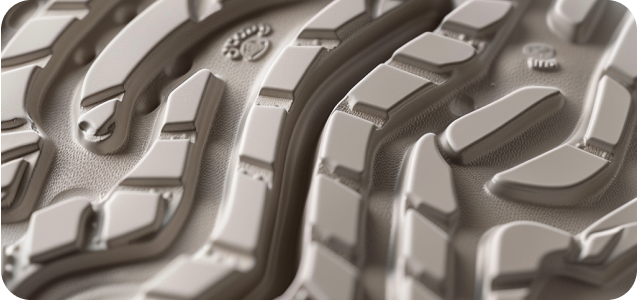
Superior Grip and Traction
The primary function of anti-slip restaurant shoes is to provide excellent grip and traction. Look for shoes with rubber or synthetic soles and intricate tread patterns. These features channel liquids away and maintain contact with the floor, preventing slips on wet or greasy surfaces commonly found in restaurant kitchens.
Essential features for superior grip and traction include:
-
Sole Material: Rubber and synthetic materials are known for their high traction properties. These materials grip the floor better than hard plastics or leather.
-
Tread Pattern: The tread pattern is crucial for dispersing liquids and maintaining traction. Shoes with deep, multi-directional treads are most effective.
-
Slip Resistance Ratings: Some shoes come with slip resistance ratings (e.g., ASTM or SATRA standards) that indicate their effectiveness on various surfaces.
-
Oil Resistance: For kitchens that deal with a lot of oil, choosing shoes with oil-resistant soles can further enhance safety.
By focusing on these features, you can ensure that your non-slip shoes provide the best possible traction in any restaurant environment.

Durable and Easy-to-Clean Materials
Restaurant environments can be tough on footwear, so durability is a key consideration. Choose shoes made from high-quality materials that can withstand constant use and exposure to spills and heat. Additionally, the shoes should be easy to clean and made from robust materials. This ensures they maintain hygiene and last longer in the demanding restaurant environment.
Important features for durability and easy maintenance include:
-
Material Quality: High-quality leather or synthetic uppers are durable and resistant to wear and tear.
-
Seam Construction: Reinforced seams and double stitching can prolong the life of the shoes.
-
Waterproofing: Waterproof materials prevent liquids from soaking into the shoes, making them easier to clean and maintain.
-
Non-porous Surfaces: Shoes with non-porous surfaces are less likely to absorb stains and odors, contributing to better hygiene.
By selecting restaurant slip-resistant shoes with these characteristics, you can ensure they remain durable and easy to maintain.

Comfortable and Supportive Design
Comfort is as important as safety. Opt for shoes that offer good arch support, cushioning, and a comfortable fit. Features like padded collars and insoles can make a significant difference during long shifts, reducing fatigue and the risk of foot-related issues.
Key comfort and support features include:
-
Arch Support: Proper arch support is essential for preventing foot fatigue and maintaining comfort during long shifts.
-
Cushioned Insoles: Look for shoes with memory foam or gel insoles that conform to the shape of the foot and provide cushioning.
-
Adjustable Fit: Shoes with adjustable laces or straps can be customized for a perfect fit, enhancing comfort.
-
Shock Absorption: Shoes with good shock absorption reduce the impact on joints, which is especially important for those standing or walking for extended periods.
These features help ensure that your non-slip server shoes provide the necessary comfort and support for long hours of work.
Top Non-Slip Restaurant Shoes on the Market
There are many good restaurant work shoes available, but some stand out for their quality, comfort, and durability. Below are the top recommendations in various categories. These shoes have been selected based on their features, customer reviews, and overall performance in a restaurant setting.
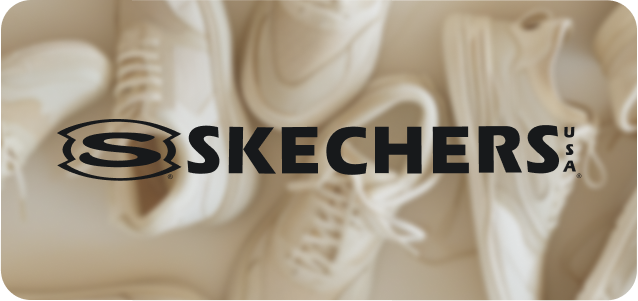
Best Overall: Skechers Work Sure Track
This best shoe for restaurant workers combines excellent grip, comfort, and durability. With a slip-resistant outsole and a cushioned insole, it provides both safety and comfort, making it an ideal choice for any restaurant worker. The shoe's breathable upper and easy-to-clean materials add to its appeal, ensuring that it remains in top condition even after prolonged use.
Features of Skechers Work Sure Track include:
-
Slip-resistant rubber outsole: Provides excellent traction on wet and oily surfaces.
-
Memory foam cushioned insole: Reduces foot fatigue with memory foam cushioning.
-
Leather upper: Durable and easy to maintain.
-
Breathable mesh lining: Keeps feet cool and dry.
These features make the Skechers Work Sure Track the best non-slip shoes for restaurants.
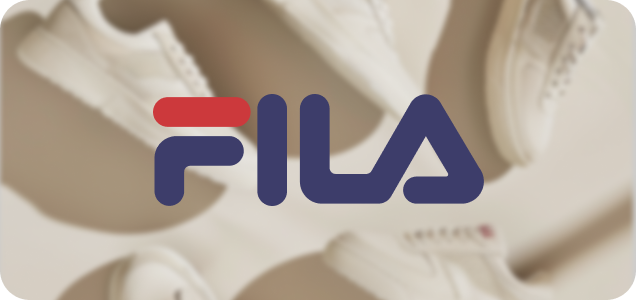
Best for Budget: Fila Memory Workshift Slip Resistant
For those looking for a budget-friendly option, this shoe offers great value without compromising on safety. It features a slip-resistant sole and a comfortable design, making it a practical choice for entry-level workers or those needing a cost-effective solution. Despite its lower price, the shoe does not skimp on essential features like durable materials and decent support.
Key features of Fila Memory Workshift include:
-
Slip-resistant rubber outsole: Provides reliable traction on various surfaces.
-
Memory foam insole: Offers comfort and support for long shifts.
-
Synthetic upper: Durable and easy to clean.
- Padded collar and tongue: Enhances overall comfort.
These features make the Fila Memory Workshift the best restaurant non-slip shoes on a budget.

Best for Comfort: Crocs On-The-Clock Work Slip-On
This model is designed with maximum comfort in mind. It includes features such as a memory foam insole, a lightweight design, and extra cushioning around the collar and tongue. These elements combine to provide unparalleled comfort, making it the best choice for workers who spend long hours on their feet.
Comfort-enhancing features of Crocs On-The-Clock Work Slip-On include:
-
Slip-resistant outsole: Ensures stability on slippery surfaces.
-
Croslite foam footbed: Provides cushioning and comfort.
-
Lightweight design: Reduces foot fatigue.
-
Extra cushioning: Around the collar and tongue for added comfort.
These features make the Crocs On-The-Clock Work Slip-On the best shoes for working in a restaurant, prioritizing comfort during long shifts.
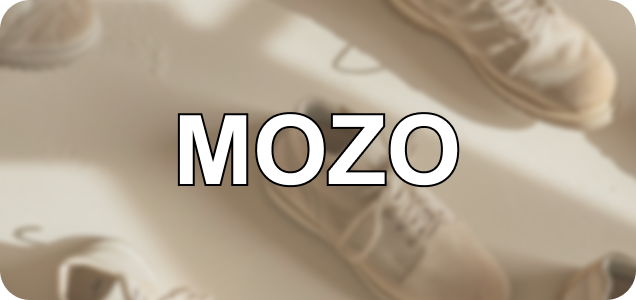
Best for Durability: MOZO Forza
When it comes to durability, this shoe stands out with its robust construction and high-quality materials. It is built to withstand the demanding conditions of a restaurant kitchen, offering long-lasting performance. The shoe's reinforced stitching and sturdy outsole ensure that it can handle heavy use without showing signs of wear and tear.
Durability features of MOZO Forza include:
-
Slip-resistant rubber outsole: Provides excellent traction and durability.
-
Leather upper with reinforced stitching: Ensures long-lasting use.
-
Gel insoles: Provide added comfort and shock absorption.
-
Waterproof design: Keeps feet dry and shoes easy to clean.
These features make the MOZO Forza the best restaurant worker shoes if you prioritize durability and reliability.

The Importance of Safety When Using POS Systems
In modern restaurants equipped with advanced ME-POS system, maintaining a safe environment is crucial. Non-slip shoes play a vital role in ensuring that staff can navigate safely from the kitchen to the Restaurant POS system and customer tables without accidents. These shoes help prevent slips and falls, especially in areas where employees frequently transition between different floor types and surfaces.
Benefits of non-slip food service shoes in POS system environments include:
-
Seamless Navigation: Employees can move seamlessly between the kitchen, dining area, and POS stations without worrying about slipping.
-
Enhanced Productivity: With the confidence that comes from wearing non-slip shoes, staff can focus on their tasks without the fear of accidents.
-
Customer Interaction: Safe movement throughout the restaurant ensures that staff can attend to customers promptly and efficiently, enhancing the overall dining experience.
-
Technology Integration: As restaurants incorporate more technology, including ME-POS system, non-slip shoes ensure that staff can interact with these systems safely and efficiently.
By ensuring safety in these areas, non-slip shoes contribute to a smoother and more efficient workflow in restaurants.
Maintenance Tips for Non-Slip Restaurant Shoes
Proper maintenance is essential to extend the lifespan and effectiveness of non-slip shoes for restaurant workers. Regular care ensures that they continue to provide the necessary protection and comfort.
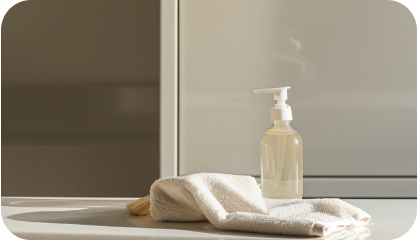
Regular Cleaning and Care
To extend the lifespan of your non-slip sneakers for restaurants and maintain their effectiveness, clean them regularly. Remove any dirt, grease, or food particles that may accumulate on the soles and uppers. Use appropriate cleaning products and methods recommended by the manufacturer to keep the shoes in good condition.
Tips for regular cleaning and care include:
-
Daily Wipe-Down: Use a damp cloth to wipe off surface dirt and grime daily.
-
Deep Cleaning: Perform a deep clean weekly with mild soap and water to remove stubborn stains.
-
Drying: Air dry your shoes thoroughly after cleaning to prevent mold and mildew.
-
Deodorizing: Use shoe deodorizers or baking soda to keep shoes fresh and odor-free.
Regular cleaning and care help maintain the appearance and functionality of your non-slip shoes.
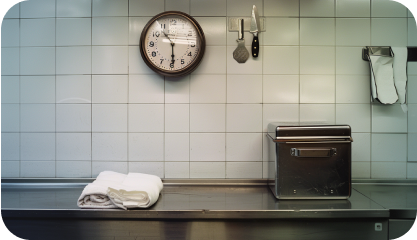
Inspecting for Wear and Tear
Regularly inspect your shoes for signs of wear and tear. Check the soles for thinning or damage and ensure that the uppers are intact. Address any issues promptly to prevent them from affecting the shoes' performance and safety.
Key inspection points include:
-
Sole Wear: Look for areas where the tread has worn down, reducing traction.
-
Upper Condition: Check for cracks, tears, or separation in the upper material.
-
Insole Wear: Replace insoles that have lost their cushioning or support.
-
Lace/Strap Integrity: Ensure laces or straps are not frayed or broken.
By regularly inspecting your shoes, you can identify and address wear and tear before it becomes a safety issue.
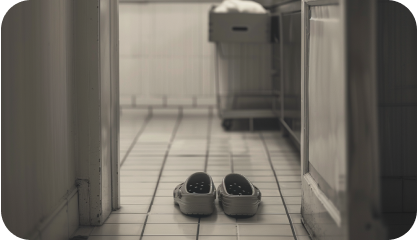
Replacing Shoes When Necessary
Knowing when to replace your restaurant slip-resistant boots is essential for maintaining safety standards. If the soles become worn out or the shoes lose their grip, it’s time to invest in a new pair. Replacing shoes at the right time ensures that you continue to have the protection and support needed for a safe work environment.
Signs that it's time to replace your shoes include:
-
Traction Loss: Replace shoes when the tread pattern is no longer effective.
-
Comfort Decline: If shoes become uncomfortable despite insole replacements, it’s time for a new pair.
-
Structural Damage: Any significant damage to the shoe structure warrants replacement.
-
Frequency: On average, consider replacing non-slip shoes every 6-12 months, depending on usage.
By replacing shoes when necessary, you can ensure continued safety and comfort.
Conclusion
Investing in the best shoes for restaurant work is crucial for ensuring the safety and comfort of restaurant workers. By choosing shoes with superior grip, durable materials, and supportive designs, you can significantly reduce the risk of accidents and improve overall efficiency.
In modern restaurants equipped with ME-POS system, these shoes play an essential role in maintaining a safe and productive workflow. By prioritizing safety and comfort through the right footwear, restaurants can create a better working environment for all staff.
By following the guidelines and recommendations provided in this article, you can make an informed decision about the best restaurant-working shoes. Investing in the right footwear will not only enhance safety but also improve the overall well-being and productivity of your restaurant staff.

View more
Related Articles
View more

